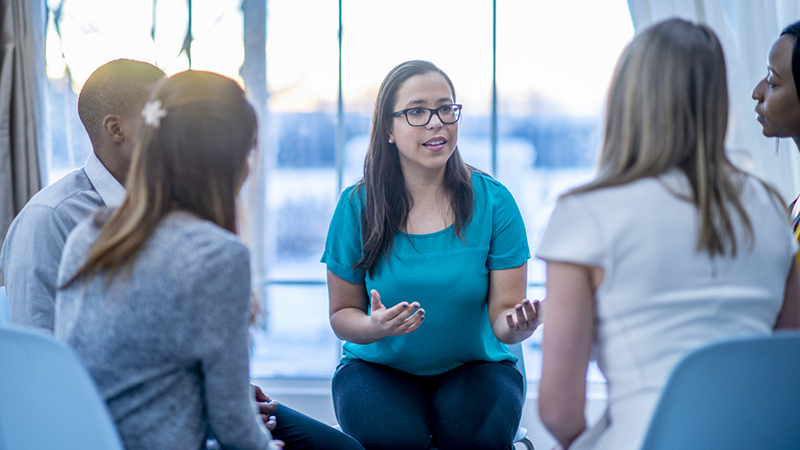Tamika Matome’s finances took a huge hit when she went through a messy divorce six years ago. “I went from a person with very established credit to someone with weak credit,” says the 35-year old single mom who works full-time as a program analyst and also runs her own beauty business. “I wanted to be able to buy a home for my kids, so I needed to start rebuilding my credit.”
Like Matome, more than half of Americans report struggling financially with overwhelming debt, irregular income or a shortage of savings, and nearly a quarter of Americans lack any savings. Consequently, they are often unable to weather financial ups and downs and can face significant financial stress and instability.
To help more people to secure their financial footing, JPMorgan Chase announced a $125-million, five-year global investment in 2019 to assist individuals of underserved communities—including low-income women, immigrants, people of color, and older residents—to build credit, increase savings, reduce debt, and meet their mid- and long-term financial goals. The investments will help develop innovative financial tools designed specifically to meet the unique financial needs of underserved communities, and help create and expand financial coaching programs.
As part of this initiative, JPMorgan Chase partnered with the Latino Economic Development Corporation (LEDC) in D.C., a nonprofit organization supported by JPMorgan Chase and winner of the 2021 AdvancingCities Challenge. LEDC equips residents of Greater Washington, D.C. and Baltimore with the skills and financial tools they need to create a better future for themselves, their families and their communities. At LEDC, Matome joined a lending circle, a group of about a dozen people who come together to lend money to each other.
In Matome’s first lending circle, ten participants each contributed $100 a month for ten months. Each month, one member received the full $1,000, with the pot of money circulating for ten months until each participant received—and paid back—their $1,000 loan.
LEDC reports its members’ monthly payments to the three major credit bureaus, enabling members to improve their credit scores. Lending circle participants’ credit scores increase an average of 168 points, according to Mission Asset Fund, a California-based nonprofit organization that developed the program and partners with LEDC and other nonprofits across the United States to offer it.
“Our clients have a disadvantage compared to other residents because other people are coming into the city with resources,” explains Katherine Canales, D.C. Housing Counselor Coordinator for LEDC. “The communities we serve are often barely making ends meet and are trying really hard to establish themselves, which is really hard to do if you don’t have a credit history or have a low credit score. With Lending Circles, we have a very innovative way for people to establish credit and help to level the playing field for low-income individuals.”
Matome agrees.
“I was so ecstatic about the program because here I am, struggling to improve my credit, and after ten months of a Lending Circle my credit literally shot up,” says Matome, who used the loan from her first Lending Circle to pay off a handful of bills and begin to rebuild her savings.
Impressed with the program, Matome joined a second Lending Circle, this time for $1,400, and also convinced her mom to join one.
Innovative financial tools like the ones that Matome acquired through LEDC and lending circles are crucial for giving more people the chance to improve their financial situation.
“They gave me a chance, gave me a loan, when no one else would have,” explains Matome. “Now I have two savings accounts. My dream is to get us a house we can call our own. That’s what I am saving for now. And I’m on track to be able to do that next year.”




